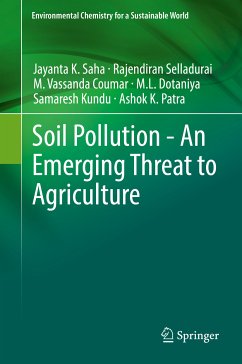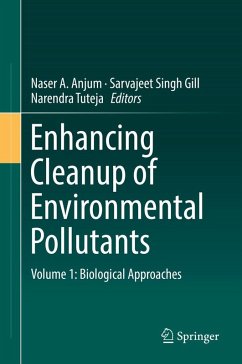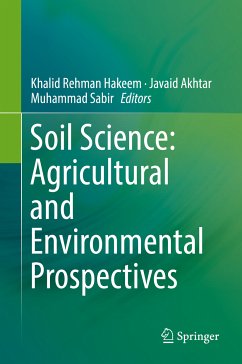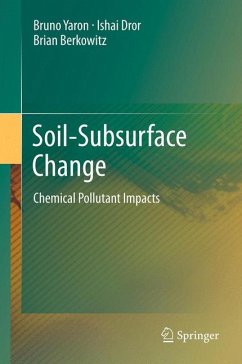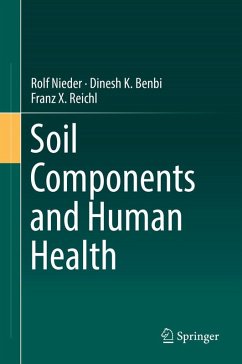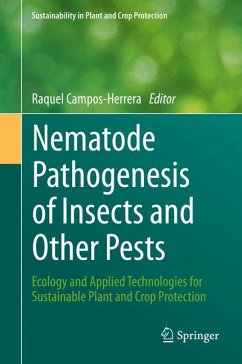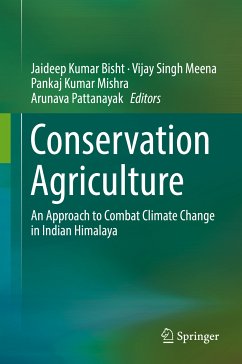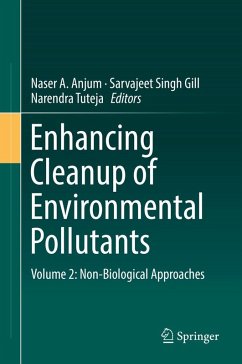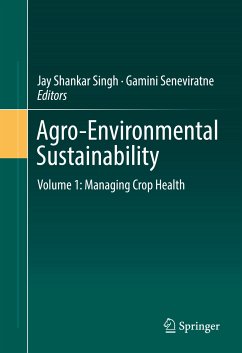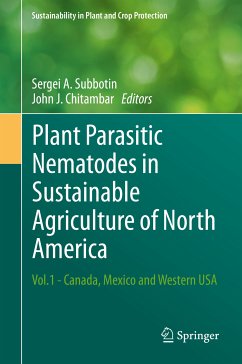Dr. Shobha Sondhia is a Senior Scientist at the Directorate of Weed Research, Jabalpur. With a career spanning over about two decades, she has vast research and teaching experience of in the field of the environmental impact of herbicides. Dr Sondhia has received numerous awards, fellowships, and recognition from national and international agencies. She has published 75 research papers, given more than 100 presentations on national and international platforms and authored two reference books entitled 'Herbicides' and 'Herbicide Residue Analysis'. She has also organized five national training programs. Dr. Partha P. Choudhury started his professional career in the pesticide industry after completing his doctoral studies at the Indian Agricultural Research Institute, New Delhi. He served in various capacities, from research scientist to research manager. He was an Assistant and Associate Professor in Uttar Banga Krishi Viswavidyalaya, Coochbehar, West Bengal, where he taught Pesticide Chemistry. Dr. Choudhury served ICAR-Directorate of Weed Research in the capacity of Senior Scientist and Principal Scientist. Here, his research work mainly focused on herbicide degradation in the environment and monitoring of their residues and mitigation. Dr. Choudhury is currently a Principal Scientist in the Food Safety Referral Laboratory at ICAR-Indian Institute of Horticultural Research, Bangalore. His industrial and academic experience spans over 25 years, and he has been involved in various aspects of pesticide science. He has published several research articles, patents, book chapters, and a book. Dr. A.R. Sharma served as Director, ICAR-Directorate of Weed Research, Jabalpur, Madhya Pradesh, India from 2012-17, and made monumental contributions in the field of weed science and conservation agriculture. He has an outstanding record of academic and scientific contributions, and received several awards and recognitions from the ICAR, NAAS, ISCA, IARI,FAI, ISA and others. He has given new directions to agronomic research and education particularly in the field of weed science. He is currently Principal Scientist (Agronomy), ICAR-Indian Agricultural Research Institute, New Delhi.





